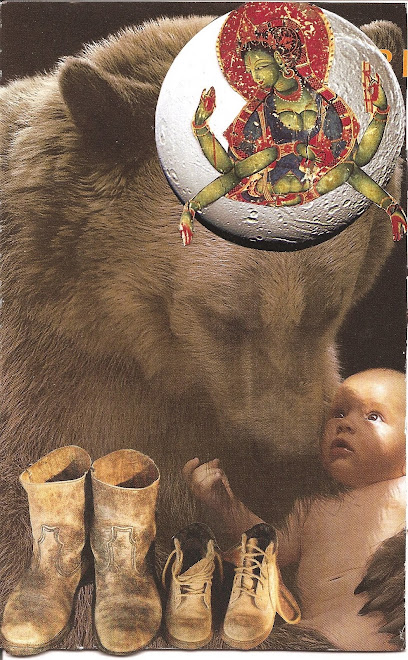So Muriel Rukeyser said; so I believe. We are storied creatures but are we the only ones?
These days I look for stories everywhere. I love language, have made it my life's work. I have spent much of my work years with children at the beginning of their language journey. It is an amazing process -- semantics, syntax, pragmatics. The dance of language starts young, from birth, long before the first words come. And it seems, at least to this storyteller, that stories begin far earlier than a child tattling on a brother or sister, repeating a favorite story, beginning "once upon a time." Sometimes a point, a demo, one word and a laugh conveys a wondrous tale of a toy, a pet, a parent.
Yes , communication is my work and my joy. To me, language seems a miracle every time a child moves from first word to phrase, from phrase to sentence, from sentence to monologue and dialogue. The books insist language is purely the provenance of man. The dance of bees, birdsong, animal calls communicate but aren't language. And yet, we learn things that blur the edges, make us think maybe language is not just ours, what makes us different from the animals, "better."
I love crows. They are amazing, fascinating, intelligent creatures. They possess a strong family connection, a rich and varied social structure, tool use, cause and effect. They possess a "language" they use with close family and a different one they use within their intimates. But according to a documentary I saw at the Santa Barbara International Film Festival, A Murder of Crows, crows communicate with their progeny, teaching them at least about dangers, finding some way to describe the attributes of a face of someone that threatened the nest (crows apparently possess amazing facial recognition).
Now I read about Gunnison's prairie dogs, some of the most sophisticated communicators around. Yes, communicative prairie dogs. Is it language? Maybe. Are they telling stories? Okay, I'm a bit of a dreamer but I would say, maybe.
Here's what we know. These little guys possess a very sophisticated social structure. They live in "towns" for God's sakes, and this is not just a colorful phrase. It's not just biological families of prairie dogs hanging together, although there are groups or corteries that consist of biologically related members. There are also groups with a dominant male and a harem of females and progeny. And there are groups where unrelated males and females live together and defend territory. Not so different really from human towns where non-familial bonds can be just as strong as familial bonds.
But back to language and stories and prairie dogs. Prairie dogs, apparently possess complex predator warning calls. This in itself is not suggestive of language. Lots of animals possess predator warning calls. That doesn't make them language. Here's the difference. These calls are not instinctual but taught over time. Animal behaviorist, Con Slobodchikoff, and his team have been recording prairie dog cries and have found young prairie dogs don't know these cries at birth but are taught them, a process of learning and physical maturity. But here's the cool thing. The cries are not a universal warning, but predator specific, so the call warning of a black-footed ferret differs from the cry warning of the Ferruginous hawk which differs from the call warning of a badger, which differs from the cry warning of a human with a gun taking target practice. This is unique, but it gets even better, for Slobodchikoff has discovered that prairie dog whistles and cries denote in a short communicative burst both adjectives and nouns. They don't just identify the predator but contain information about the enemy's size, color, direction of travel and speed. So the chirps and whistles we hear could be saying, "A tall, skinny coyote is moving quickly in the distance," or describing another predator in rather specific detail.
Are they telling stories? Probably not. A prairie dog telling a story about a hawk, a badger and a ferret entering a bar is probably not imminent. Still, there is something thrilling about these discoveries of languages we hardly guess at, that hint of so much more we don't know. A world of discovery exists all around us, what we know miniscule to all we don't. The world is full of stories, about tall, skinny, fast moving coyotes, about fearsome-faced intruders that cannot be trusted, about an orphaned girl who works like a servant for her cruel stepmother and stepsisters, dreaming of a prince and happily ever after.
That's how the world looks when you grow old enough again for fairy tales.
Subscribe to:
Post Comments (Atom)






No comments:
Post a Comment